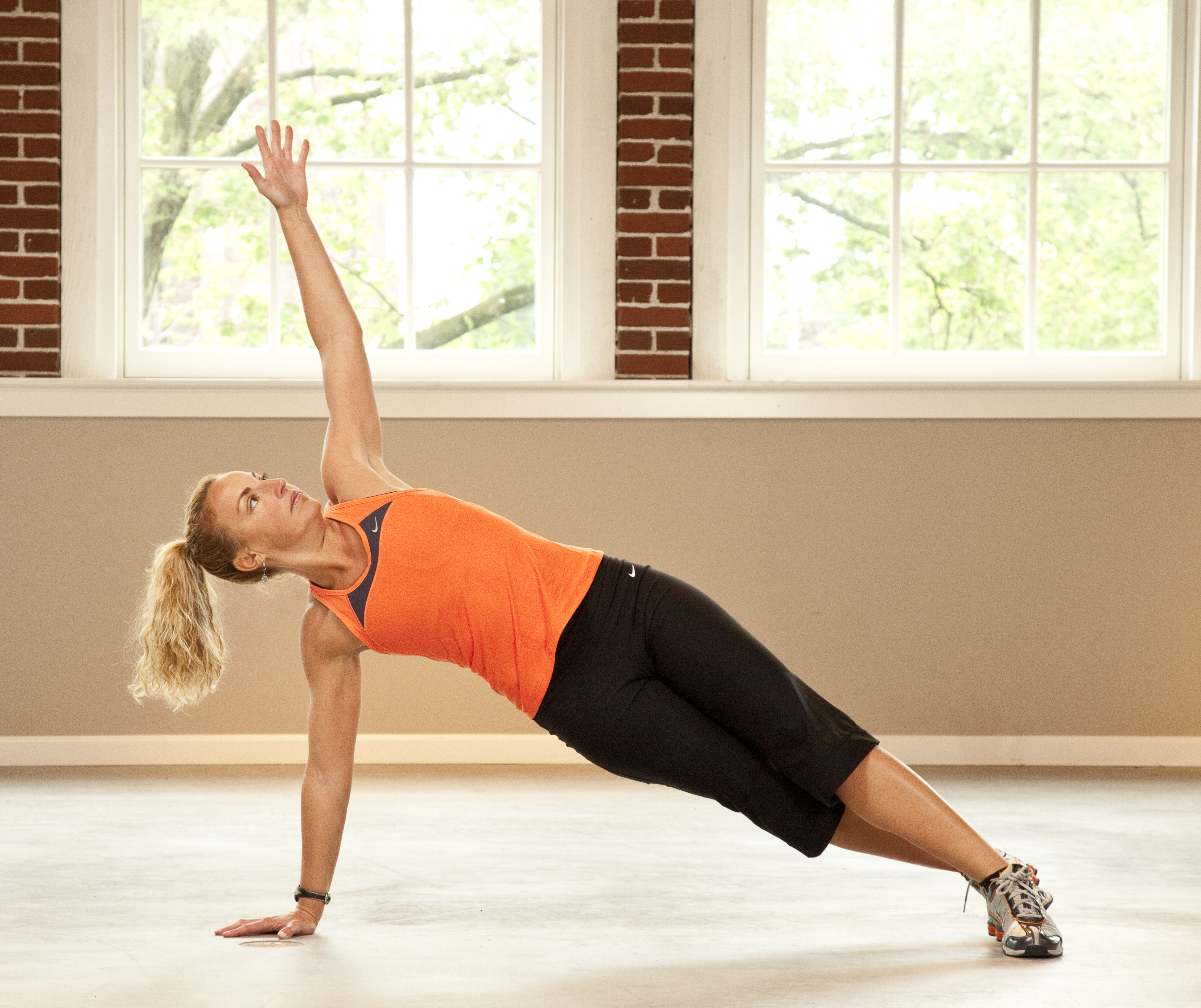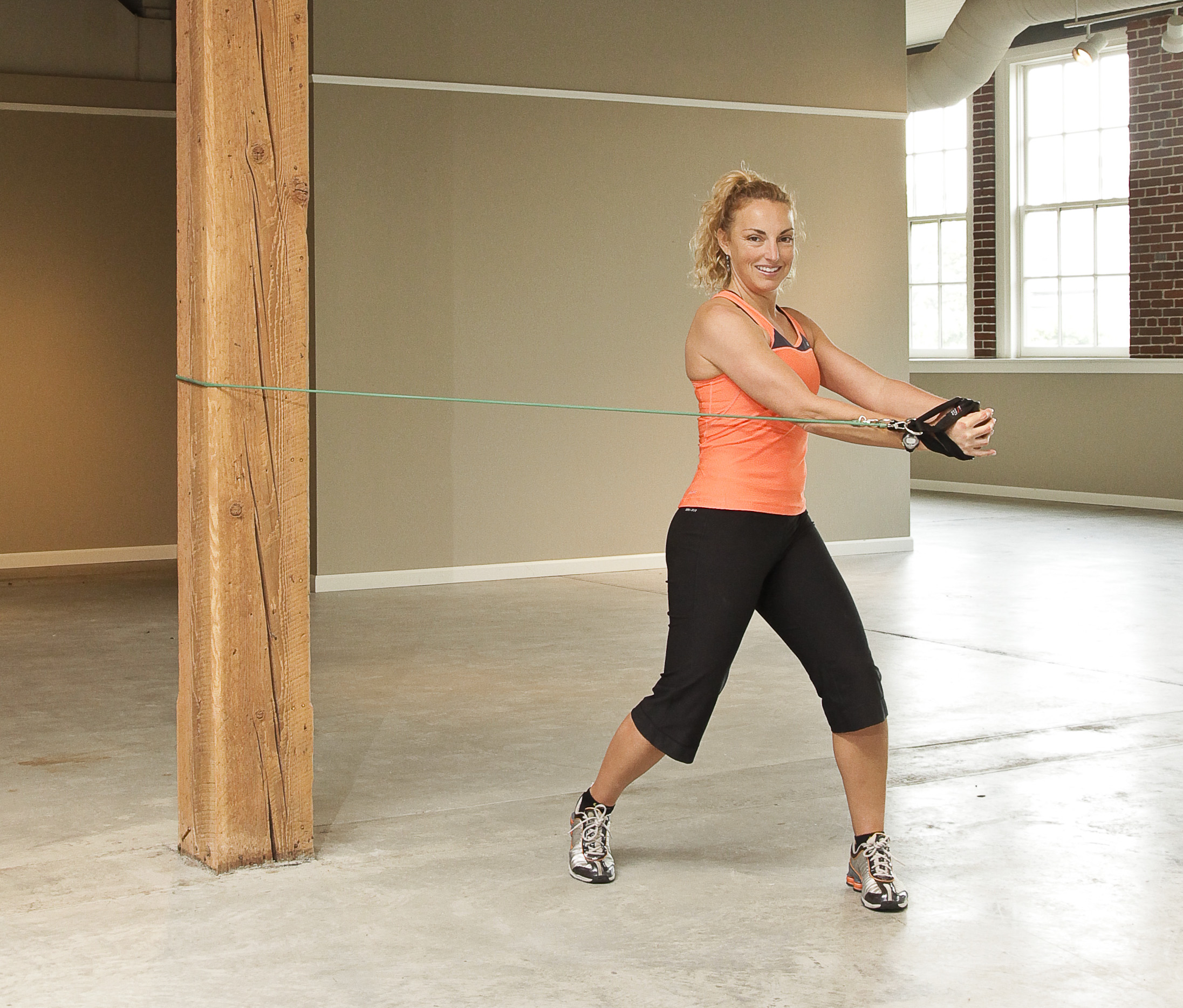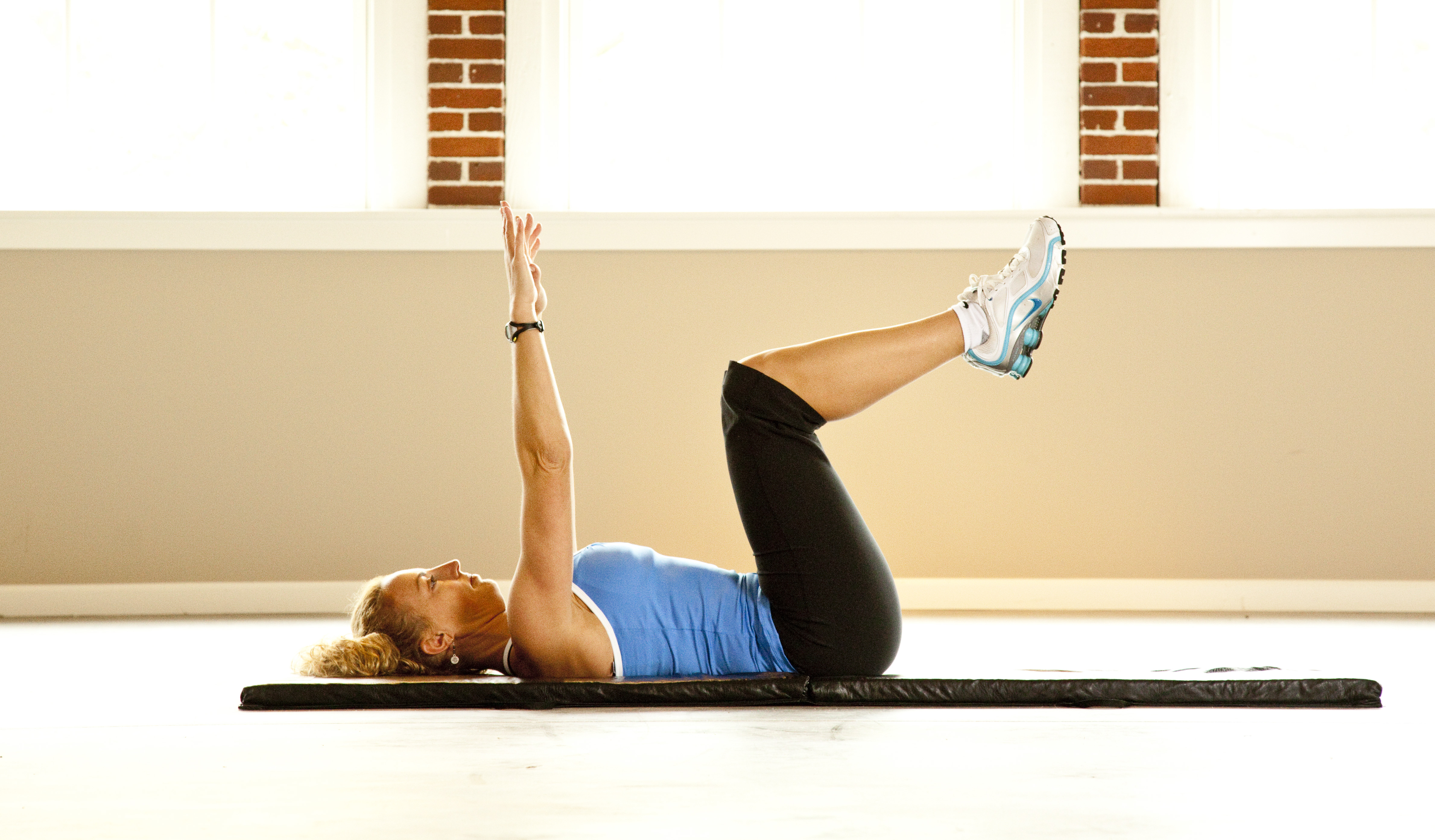Core Conditioning Essentials

Neglecting core conditioning can lead to a host of problems, from poor posture to increased risk of injury during daily physical activities and sports. Core stability and mobility are essential for optimal health, overall strength, balance, and functional movement.
In order to have a strong core, we need to work it from all angles and include all actions, with a focus on bracing or stabilizing the spine. It’s important to also remember to work your core from a standing position and not just from the floor. If your core is strong, that strength radiates out to your extremities and you will be better able to run faster, jump higher, stabilize and align your body, absorb and brace for any impact and move your body more efficiently and with better mechanics. It’s important to emphasize that your core is not only your abs – but also includes your back and hips.
An effective approach to balancing your core work is to include exercises that target stabilization AND movement including rotation, extension, and flexion.
Standing Torso Rotation with Resistance Band:
Attach a resistance band to a sturdy pole at chest height. Stand perpendicular to the anchor point with your feet hip-width apart and hold the resistance band with both hands at chest level. Engage your core muscles to stabilize your torso. Keeping your arms straight, rotate your torso away from the anchor point. Control the movement as you rotate back to the starting position. Repeat for 30-60 seconds each side.
Plank with Rotation:
The plank is a classic core exercise that targets the entire midsection, including the rectus abdominis, transverse abdominis, and obliques. Adding rotation to the plank increases the challenge by engaging muscles responsible for twisting movements. To perform this exercise, start in a traditional plank position with your hands on the ground under your shoulders and your body forming a straight line from head to toes. Then, rotate your torso to lift one arm towards the ceiling stacking shoulders on top of each other. Return to the starting position and repeat on the other side. This exercise not only strengthens the core but also improves rotational stability, which is crucial for activities like golf swings and tennis serves. Continue for 30-60 seconds.
One Arm Chest Fly:
Lie on a flat bench or the floor with your legs in the air and knees and hips bent at a 90-degree angle. Hold a dumbbell in one hand and extend your arm directly above your shoulder. Keep your core engaged and your hips and shoulders pressed firmly into the ground/bench. Slowly lower the dumbbell out to the side in a wide arc, keeping a slight bend in your elbow. Lower the weight until your arm is parallel to the ground or your opposite shoulder or hip starts to lift. Keep your body square to the ceiling and your core muscles engaged to stabilize your torso and prevent your body tilting or rotating to one side. Return the dumbbell to the starting position, following the same wide arc motion. Keep the movement controlled and avoid using momentum to lift the weight. Perform 30-60 seconds each side.
Incorporating these core exercises into your workout routine can help you develop a strong, stable and mobile core that supports overall health and performance. Remember to perform each exercise with proper form and gradually increase resistance and intensity as you build strength and stability. Whether you’re an athlete looking to improve athletic performance or simply striving for better posture and mobility, prioritizing core conditioning is key to unlocking your full potential.
Yours in health & fitness,
Sherri McMillan


